Shotgun Recoil Chart
| Gauge, Length & Ounce Shot with Muzzle Velocity | Weight of Firearm | Recoil Energy (ft. lbs.) |
|---|---|---|
| .410, 2.5" - 1/2 oz / 1200 fps | 5.5 | 7.1 |
| .410, 3" - 11/16 oz / 1135 fps | 5.5 | 10.5 |
| 28 Gauge, 2.75" - 3/4 oz / 1200 fps | 6.0 | 12.8 |
| 20 Gauge, 2.75" - 7/8 oz / 1200 fps | 6.5 | 16.1 |
| 20 Gauge, 2.75" - 1 oz / 1220 fps | 6.5 | 21.0 |
| 20 Gauge, 2.75" - 1 1/8 oz / 1175 fps | 6.5 | 25.0 |
| 20 Gauge, 3" - 1 1/4 oz / 1185 fps | 6.5 | 31.0 |
| 16 Gauge, 2.75" - 1 oz / 1220 fps | 7.0 | 21.5 |
| 16 Gauge, 2.75" - 1 1/8 oz / 1200 fps | 7.0 | 27.6 |
| 12 Gauge, 2.75" - 1 oz / 1180 fps | 7.5 | 17.3 |
| 12 Gauge, 2.75" - 1 1/8 oz / 1200 fps | 7.5 | 23.0 |
| 12 Gauge, 2.75" - 1 1/4 oz / 1330 fps | 7.5 | 32.0 |
| 12 Gauge, 2.75" - 1 1/2 oz / 1260 fps | 7.5 | 45.0 |
| 12 Gauge, 3" - 1 5/8 oz / 1280 fps | 7.5 | 52.0 |
| 12 Gauge, 3" - 1 7/8 oz / 1210 fps | 8.75 | 54.0 |
| 10 Gauge, 3.5" - 2 1/4 oz / 1210 fps | 10.5 | 62.9 |
Table of Expected Shotgun Recoil
Sir Isaac Newton was a clever fellow, but in spite of popular opinion he did not actually invent gravity. But we’ve got to give Newton credit where it’s due. He did come up with the third law of motion. It states that for every action there is an equal and opposite reaction.
Recoil: It’s the Law
Newton’s third law explains the phenomenon of recoil, or “kick.” When you fire a shotgun, it is going to jerk backward with the same force as everything that comes out of its barrel: propellant gasses, wad, shot/slug. This means that not all shells deliver the same amount of recoil, nor do all shotguns. It is possible to measure a shell’s recoil with the help of this unwieldy formula:
(mshotvshot + mwadvwad + 4,700 * mpowder) 2/64.348* mgun
Basically, this equation takes into account the mass and velocity of the shot and wad, the mass of the propellant, and the mass of the gun. Plug in the right numbers, and you can calculate recoil energy. We measure recoil energy in foot pounds. That’s the same unit we use to measure muzzle energy.
Let’s compare a weak 12 Gauge load with a powerful one, but we’ll keep things simpler by omitting wad weights and approximating propellant charge weights.
A Shotgun Recoil Example
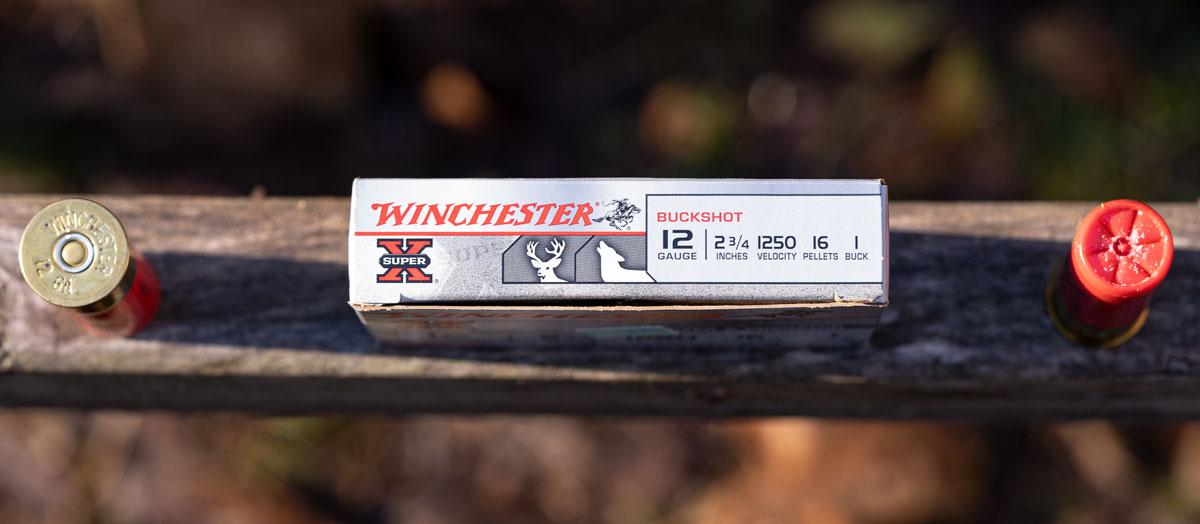
Here is a nice 12 Gauge shell with ⅞ oz of shot and a 1,200 fps muzzle velocity. If we were to fire it out of a 7 lb Winchester Model 101 Field, it would generate 13.9 ft lbs recoil energy. Now, check out this 12 Gauge shell with a 1 oz slug and 1,560 fps muzzle velocity. When fired from the same Model 101 Field, it’s going to generate 27.0 ft lbs recoil energy. As you might have guessed, the more powerful load with the bigger projectile weight is going to have a lot more kick to it. In general, recoil energy greater than 15 ft lbs is when shooting starts to get uncomfortable.
Role of Shotgun Weight
The weight of your shotgun plays a big role in just how much recoil you will be subjected to when firing. It’s a proportional relationship: the heavier the gun, the lesser the recoil. That’s part of the reason why a pistol chambered for 25 ACP can fit in your sock. At the same time, a Barrett M82 has to weigh about 30 lbs. The M82’s bullet is 14 times heavier, so it would tear you to shreds if you fired it out of a derringer.
It’s no different for a shotgun. If you’re firing a powerful shell, a heavier gun will help to mitigate its recoil. This is something you especially want to bear in mind if you keep a shotgun for home defense. A Mossberg 590 Nightstick, which weighs only 5.25 lbs, is going to deliver more recoil than a 7.5 lb Mossberg 500 Combo Field/Security when you fire the same shell in either. Recoil can throw off your aim, so when rapid fire comes in to play a beefier shotgun will help you to stay on point.
What Do You Feel?
Recoil energy is objective, but just how much recoil you’re going to perceive is pretty much subjective. If you’ve got a good recoil pad and muzzle brake, the butt of your shotgun is not going to jar your shoulder as violently. If you’ve got a semi-automatic shotgun, its ability to spread out recoil over time is going to make firing it feel gentler than a pump action or side-by-side. They require that their shooter absorb a greater amount of recoil energy. Some shells also have hinged wads, which collapse during ignition to reduce felt recoil. It’s good to do the math, but math alone can’t tell you exactly how much recoil you’re looking forward to. That’s something you learn in practice.
What is Recoil Velocity?
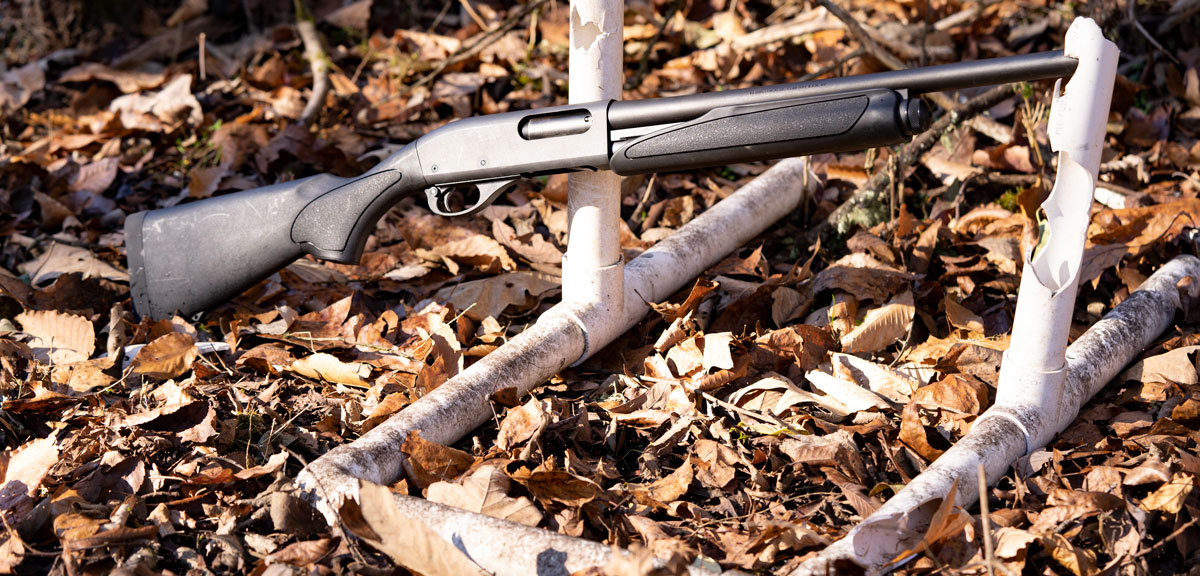
There’s another element involved when it comes to recoil. While recoil energy describes how hard the kick is going to be, recoil velocity describes how abrupt that kick is going to feel. Recoil velocity is a product of gun weight, projectile weight, and muzzle velocity, and it’s measured in feet per second. A recoil velocity of over 10 fps is about the point at which shooting starts to get uncomfortable.
To summarize, if you want to fire a shotgun comfortably over an extended period of time, like during trap, or more rapidly without losing too much accuracy, as you would for home defense, then you want to bear recoil in mind. Even if you hope to fire your shotgun only once while you’re out deer hunting, you don’t want that sole shot to hurt your shoulder. There’s just no need for it!
The following is a table of shotshell recoil energies. The data approximate, as we’re estimating each hypothetical load’s propellant weight.

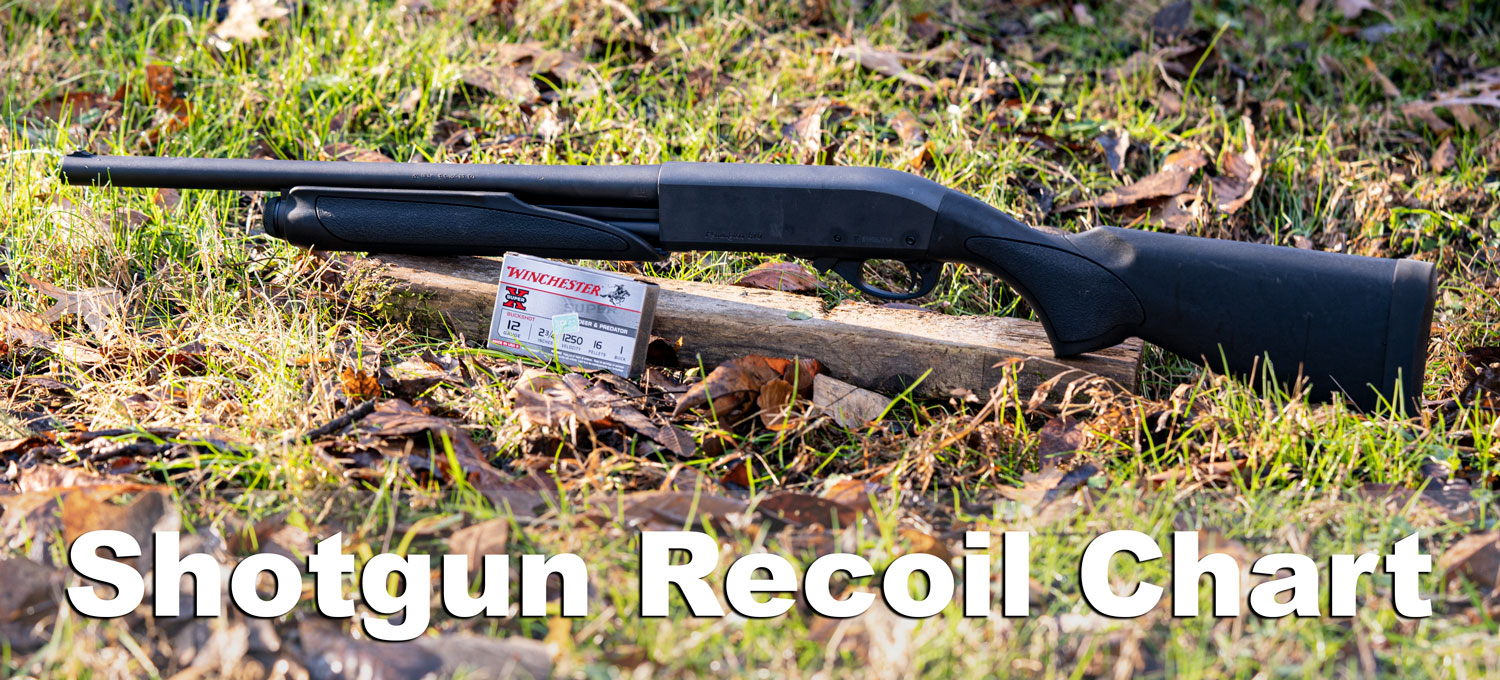
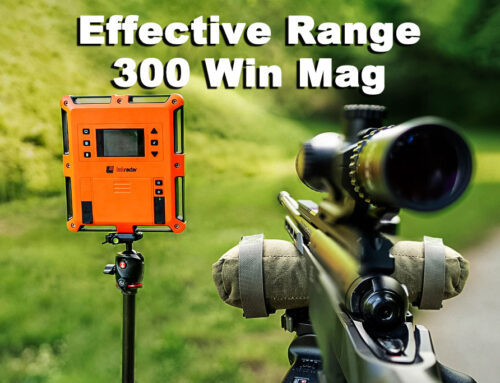
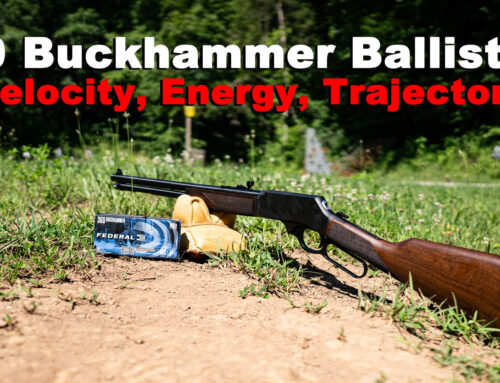
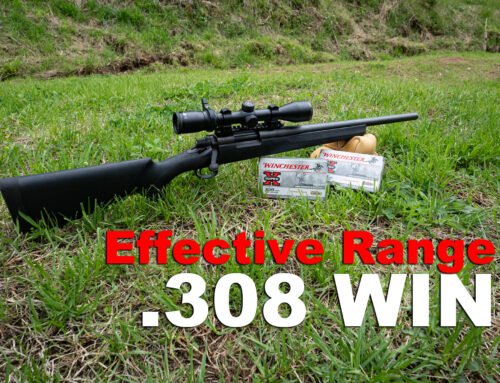
Hey! Sorry if I missed it, but I couldn’t find the chart mentioned. Thank you!
Hi Michelle – the chart is the very first thing in the article. This link has a screenshot showing where the cart is located: https://prnt.sc/vsbucv.
I have a semi automatic 12 gauge I use for sporting clays. How much of the recall is absorbed by the auto mechanism?
Where can I get very low recoil ammo for my 12 gauge honcho with the birds neck.
Hi Joe – we typically carry a couple different 12 gauge options that have a low-recoil variety. You can find them at the following pages when they are in-stock:
Fiocchi 00 Buck Low Recoil
Winchester 9 pellet 00 Buck
So Beretta says that their shock-absorbing piston system available on some of their autoshot guns absorbs about 50% of The Recoil. Has anyone experienced shooting this shotgun with this recoil system and it and feel it is correct?
I have a Winchester 97 pump and a Beretta A400 with the full recoil system. It makes a world of difference. The new A300 Ultima appears to have the same recoil system
I have a Beretta A400 xcel with the “Kick Off” recoil reduction option. It’s wonderful. Wouldn’t have it any other way. 12 gauge, 1 1/8″, oz 1,200 FPS. I’ve shot 200 plus in a day and went out the next day and did it again.